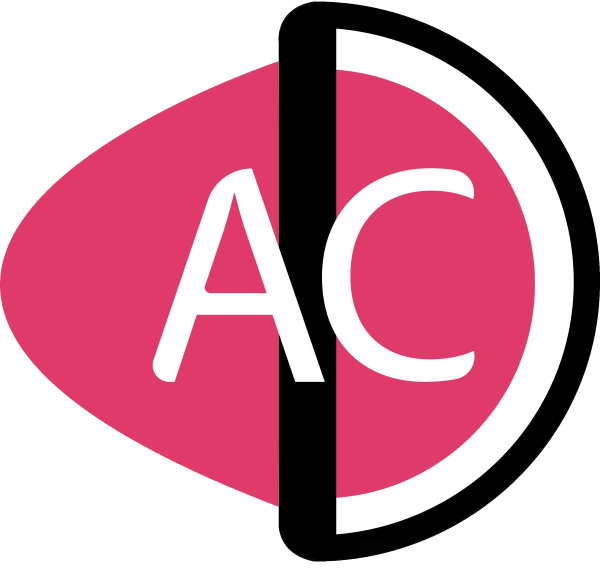Introduction
The Indian Space Research Organization (ISRO) made major technological advancements. These led to the creation of the Pushpak Viman, India’s first reusable launch vehicle. This article highlights the latest innovations and the team behind them. It also examines the fascinating history of Pushpak Viman. It covers it from its conception to its recent successful test flights.
What is the Viman Pushpak?
ISRO created India’s first reusable launch vehicle, Pushpak Viman. The vehicle seeks to lower the cost of space flights. It does this by enabling component reuse, like that of commercial aircraft. This creative technology shows ISRO’s strength and innovative vision for space exploration.
Context of History
Reusable launch vehicle technology is not a novel idea. Many space agencies have studied the idea. But it’s hard to do well. India now joins other major spacefaring nations. The construction of Pushpak Viman is an important turning point in its space program.
Pushpak Viman’s development
Researchers utilized advancements in plane technology worldwide. They’ve put lots of work into creating Pushpak Viman. ISRO’s put a lot of effort into designing a vehicle. It’s had to be strong for many launches and re-entries. They’ve focused on making it affordable and long-lasting.
Innovations in technology.
The Pushpak Viman’s aerodynamic design guarantees less drag during landing. This design is one of its primary innovations. The vehicle’s design lets it reach faster speeds. During its test landings, it hit over 320 km/h.
Superior Navigation Systems
Pushpak Viman has advanced guiding algorithms. It may account for errors in the length and width. This is crucial for future orbital re-entry. These devices allow the car to drive itself and perform accurate movements.
Pushpak Viman: Who Made Him?
The Indian Space Research Organization (ISRO) created Pushpak Viman. They’ve got help from many teams. These teams know about materials, aerospace, and guidance. The project succeeded because these teams had the needed experience.
Role and Accomplishments of ISRO
Space technology has seen many significant developments over the long history of ISRO. ISRO has proven this through Pushpak Viman. It’s shown that it can lead and innovate in reusable space tech. The tests of Pushpak Viman succeeded. The company dedicates itself to enhancing India’s space capabilities. This is clear in their actions.
Fuel Efficency
The RLV concept aims to make space missions cheaper. They use reusable launch vehicles. Reusing parts saves money. It’s a way to avoid the need to make new gear for every mission.
The impact on the environment.
Reusable technology produces fewer space debris. It also requires fewer new components for each launch. So, it improves the environment.
Technology that is reusable is important.
To continue space exploration, we’ve must develop reusable launchers like Pushpak Viman. It opens the door for bigger missions. These include manned space trips and deep space research. It does so by making space travel more often and cheaper.
Initial tests of Pushpak Viman’s test flights.
The first Pushpak Viman test flights used an Indian Air Force Chinook helicopter. The vehicle launched from a height of 4.5 kilometers. Validating the vehicle’s design and automated landing capabilities required these experiments.
The final and third successes.
ISRO has succeeded again. They finished the Reusable Launch Vehicle (RLV) Landing Experiment (LEX) on June 23, 2024. It was the third time in a row. In this test, Pushpak Viman showed its advanced autonomous skills. It performed an accurate, tough horizontal landing.
Challenges and Achievements
There were difficulties faced throughout Pushpak Viman’s creation and testing. The vehicle had to do cross-range corrections. It had to do them in many wind situations. Each successful test flight was a victory over these difficulties. It brought ISRO closer.
Towards the Future: RLV-ORV
RLV LEX tests conclude with complete success. ISRO is now focusing on the RLV-ORV. It’s the next stage of its reusable launch vehicle program. This phase has one goal. It’s to improve India’s space capabilities. Building a reliable spacecraft enables safe orbit and return.
Falcon 9 of SpaceX.
The developers built Pushpak Viman using a different strategy. It targets horizontal landings, unlike SpaceX’s Falcon 9. The aim of both vehicles is to reduce space mission costs by means of reusability.
The Space Shuttle of NASA’s.
Pushpak Viman strives to be reusable, much like NASA’s Space Shuttle. Still, Pushpak Viman has better automated landing capabilities. This reflects advances in technology since the Shuttle’s time.
Financial Gains
Reusable tech can save money. The money can go to more exploratory and scientific projects. This boosts the financial viability of space programs.

